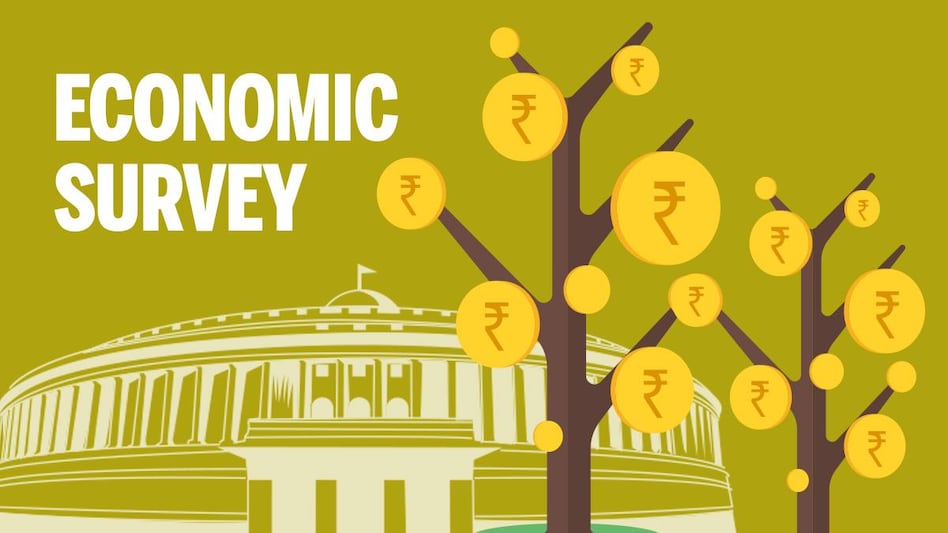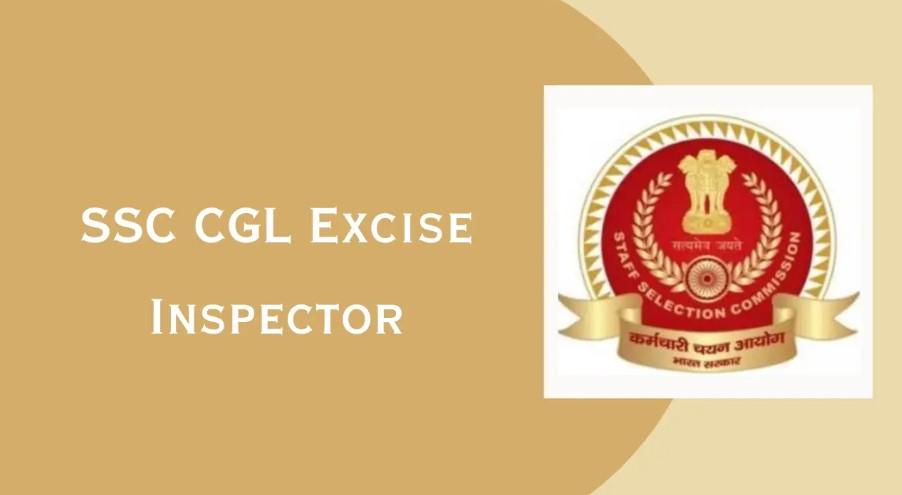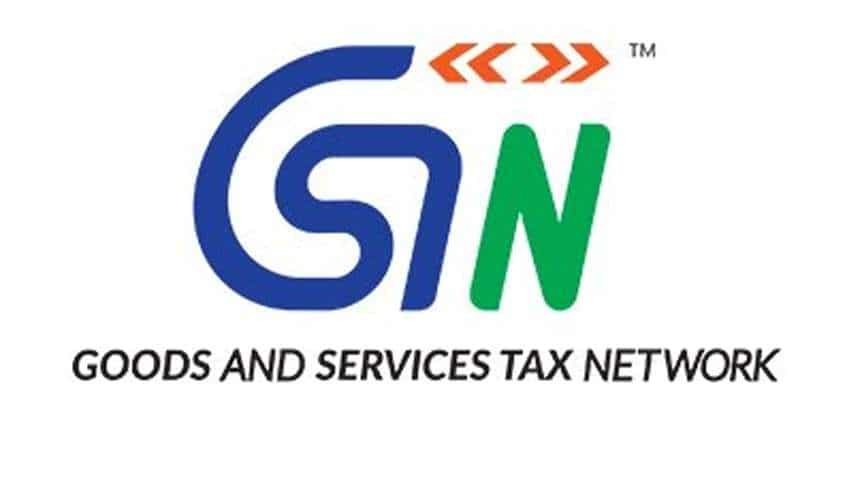Higher e-way bill generation suggests improved compliance and economic activity, potentially impacting GST collection positively, with mixed perceptions on effectiveness
The Finance Ministry will come out with the collection of data for March on April 1.
An e-way bill is an electronic document generated on a portal, evidencing the movement of goods and indicating whether tax has been paid or not. As per Rule 138 of the CGST Rules, 2017, every registered person, who causes the movement of goods (which may not necessarily be on account of supply) of consignment value of more than ₹50,000 (can be lower for intra-state movement) is required to generate an e-way bill.
What is the impact of higher e way bill generation on tax collection? There is mixed perception. Some feel that it does impact collection, while some do not agree. In an earlier conversation, Gunjan Prabhakaran, Partner with BDO India said increase in e-way bill generation numbers is an indicator of two trends. — the first is improved compliance and second, increase in economic activity. Both of these should ultimately lead to increase in tax collections.
Furthermore, she said that overall increase in GST collections happens when there is an increase in demand by the end consumers, backed by better compliance. If the increased e-way bill generation is on account of higher sales to dealers/stockists, without corresponding increase in sales to end consumers, the GST revenue would remain stagnant because the GST paid by the companies would be available as input tax credit to the dealers/stockists, resulting in no net increase in GST collections.
However, Saurav Agrawal, Partner with EY had a different take. According to him, the sustained momentum in e-way bill generation is expected to be mirrored in the GST collection figures. “The increased collections would necessarily provide support to the government’s revenue to help meet its fiscal deficit target,” he said.
Source – The Hindu














